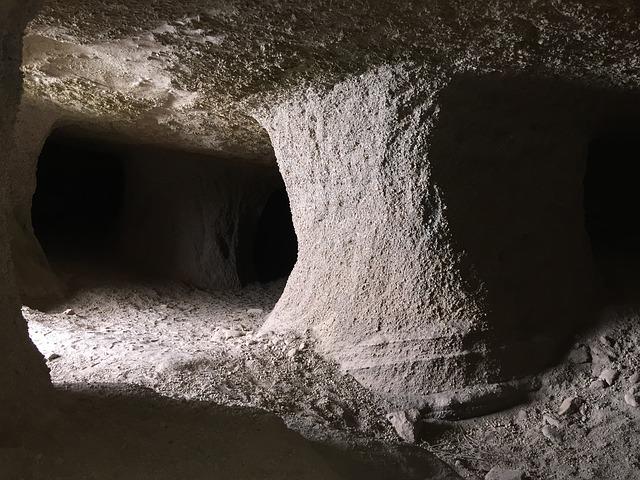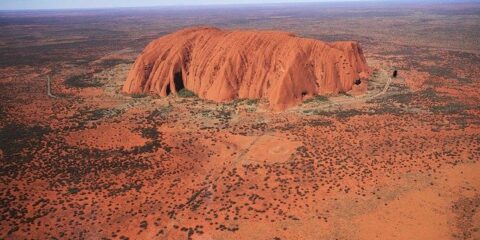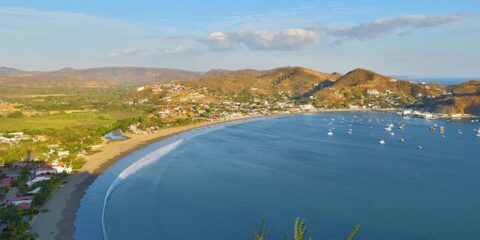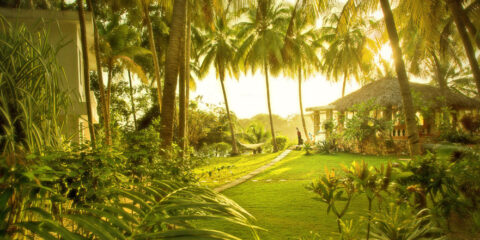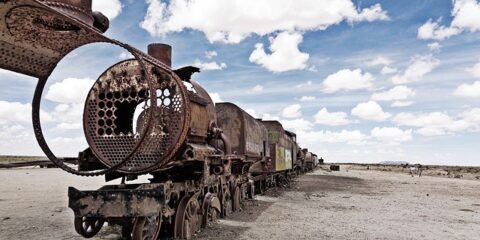The following content is for reference and learning only. Comments are welcome and the ranking is not divided.
In the process of volcanic eruption, the overflowing magma flows under the erupted lava flow, and the low viscosity magma on the surface continues to stack layer by layer after cooling and solidification, thus forming a thick and hard solid watch shell, while the internal hot magma continues to flow under the high-temperature melting state, and finally the magma source condenses or the magma runs out, forming an underground lava channel after solidification. There are two elements in the formation of caves: one is the lava condensed into a hard shell on the surface of the cave, and the other is the hot magma flowing under the solidified surface.
In short, most volcanic caves are formed when the volcanic lava on the surface has solidified but the lava is still surging underground.
| label | name | position | introduce |
| 1 | Wudalianchi Crystal Palace | In Wudalianchi scenic spot, Wudalianchi Town, Wudalianchi City, Heihe City, Heilongjiang Province | Wudalianchi Crystal Palace, also known as the ice cave, was formed 512000 years ago. This karst cave is a permanent lava ice cave formed by the condensation of the entire magma after the volcanic eruption was affected by the cold air during the flow process, and the surface solidified into a hard shell, while the rock flow at the lower part continued to flow, forming a middle space where the subsequent magma was insufficient. Affected by the low temperature of the underground Island’s frozen soil layer, the whole magma was condensed. The Crystal Palace is more than 150 meters long and 23 meters deep. The walls of the cave are all kinds of strange lava flow marks, and the top of the cave is a low dripping lava clock milk, such as jade frost flowers all over the cave, crystal clear and beautiful |
| 2 | The Viðgelmir volcanic cave | Europe Iceland | Ví ð Gelmir volcanic cave is one of the largest volcanic caves in Iceland, one of the world-famous volcanic caves, and one of the largest volcanic caves in the world. The cave is 1585 meters long, and the largest part is 15.8 meters high and 6.5 meters wide. It is located in the hallmundarhraun lava field in Western Iceland, not far from the town of reshot and the Huren falls. Spacious and bright V í inside ð Gelmir volcanic caves are different from other dark and narrow caves. Each cave is vast and incomparable, with colorful rock walls and fantastic rock structures. There are light sources everywhere, and the light shines on the ice crystals in the cave, making the ice crystals glitter and beautiful. |
| 3 | Perai Mozhi Grottoes | Kagawa Island, South Korea | Perai Mozhi Grottoes is a famous cave on Jichuan Island, South Korea, with a length of 11749 meters. Besides the main cave of Perai Mozhi grottoes, there are a total of 59 branch caves, large and small. Perai Mozhi grottoes are also known as “lost Grottoes”. In addition to stalactites and lava stalagmites, there are stones shaped like ropes, keys, and small trees, not to mention stalagmites and pillars. Here is the largest lava ball in the world. At the end of the hole, you can also see the gurgling water. |
| 4 | Fingal’s Cave | West of Scotland | Fingal cave, located on the uninhabited island of Staffa in western Scotland, is a sea erosion cave. In the cave is the Paleocene lava flow, and the hexagonal basalt columns are connected with each other, occupying all the space of the lava flow. In the 18th century, the Scottish epic poet James McPherson named it. It is said that this cave has been submerged by the sea for many years, and it will make a pleasant sound like music under the scouring of the sea. German composer Mendelssohn visited this cave in the Hebrides when traveling in Scotland, and thus conceived the famous song “finger cave”. |


